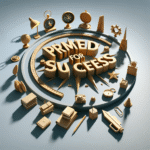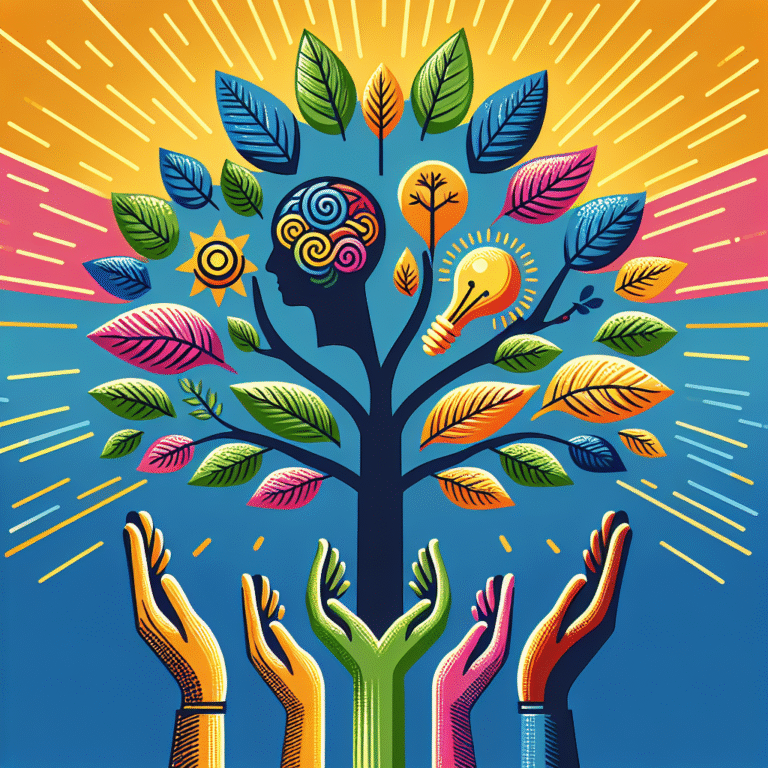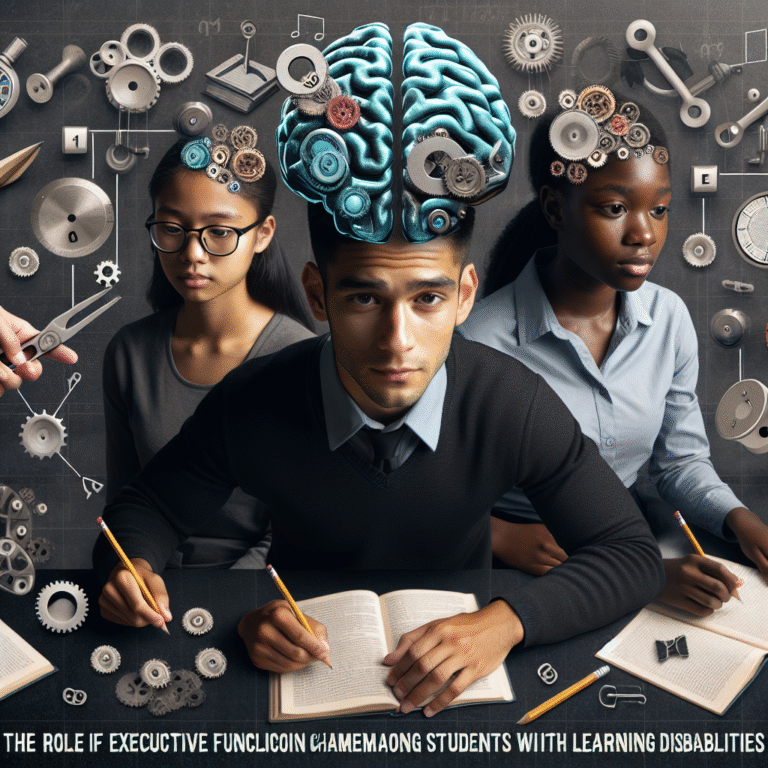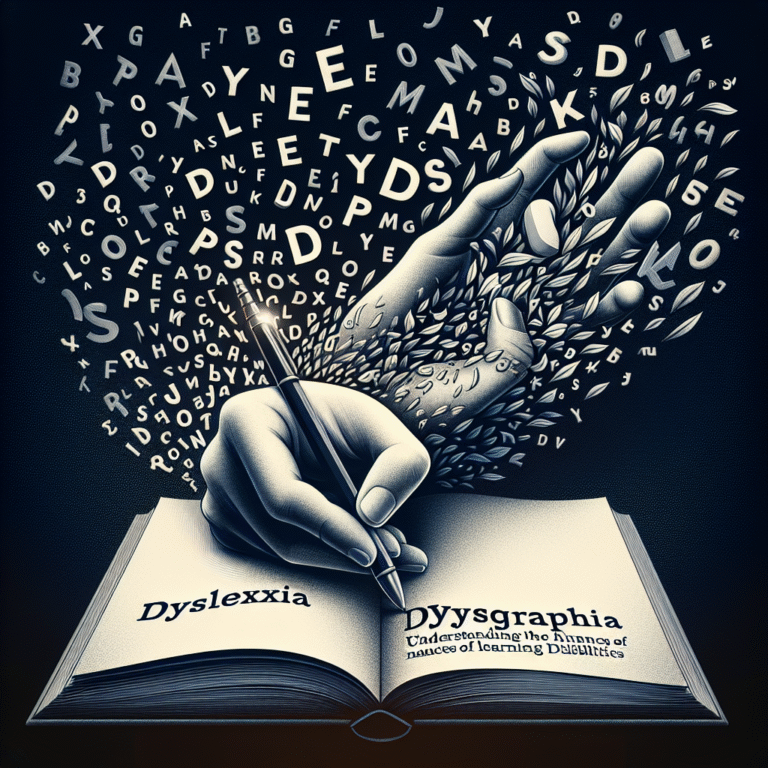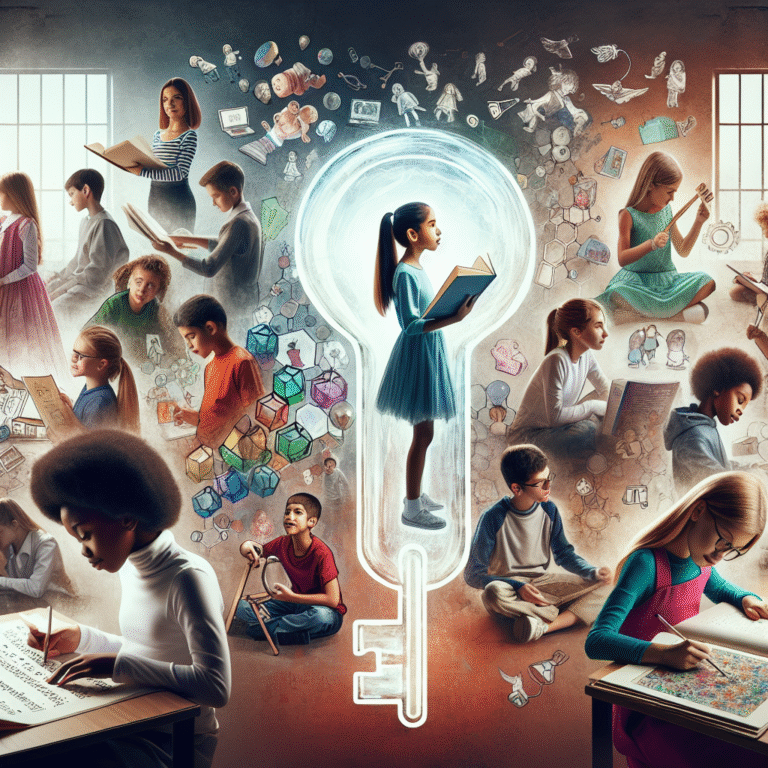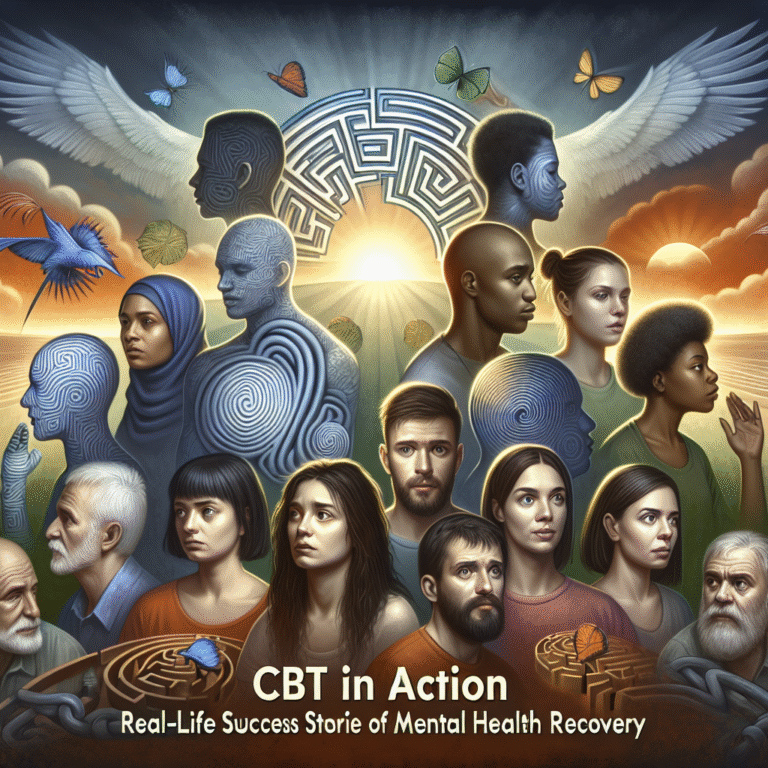
Harnessing the Power of Neurodiversity: Essential Classroom Strategies for Diverse Learners
Introduction: Rethinking the Classroom Landscape
In today’s educational environment, the conversation around neurodiversity is louder and more vital than ever. With an estimated 1 in 7 individuals classified as neurodivergent, it is crucial for educators to embrace a paradigm shift that recognizes the unique strengths and challenges that diverse learners bring to the classroom. Harnessing the Power of Neurodiversity: Classroom Strategies for Diverse Learners is not just a catchphrase; it’s an invitation to transform our educational practices and environments to nurture every student’s potential.
Neurodiversity encompasses a range of cognitive variations, including autism, attention deficit hyperactivity disorder (ADHD), dyslexia, and more. By effectively implementing strategies that support these learners, educators can create inclusive classrooms that celebrate diversity and foster a sense of belonging. This article will provide actionable insights into how to harness the power of neurodiversity, featuring classroom strategies that create equitable learning environments.
Understanding Neurodiversity: The New Frontier of Education
Neurodiversity is founded on the principle that neurological differences are to be recognized and respected like any other human variation. That being said, traditional educational systems have often inadvertently marginalized neurodivergent students. To effectively harness the power of neurodiversity, educators must first understand these differences and the ways they manifest in learning.
Key Characteristics of Neurodivergent Learners:
- Autism Spectrum Disorder (ASD): Students may display a range of abilities, often excelling in visual processing and detail-oriented tasks, but may struggle with social interactions and communication.
- Attention Deficit Hyperactivity Disorder (ADHD): These learners often demonstrate high energy and creativity but may find it challenging to maintain focus and organization.
- Dyslexia: A common learning difficulty affecting reading, spelling, and writing, students with dyslexia may excel in verbal communication and problem-solving.
Understanding these traits allows educators to design tailored approaches that cater to diverse learning needs effectively.
Classroom Strategies for Diverse Learners
1. Create a Flexible Learning Environment
Flexible seating arrangements and adaptive learning tools are essential in embracing neurodiversity. Flexible learning environments allow students to move about and interact in ways that suit their needs.
Key Features of a Flexible Learning Space:
- Choice of Seating: Incorporate bean bags, standing desks, and traditional seating to allow students to choose what works best for them.
- Sensory Zones: Designate quiet areas with calming materials where students can retreat when overwhelmed.
Case Study: At Riverwood Elementary, teachers implemented flexible seating options. As a result, reports indicated a 30% increase in student engagement and reduced anxiety levels, demonstrating the effectiveness of adapting the physical space.
2. Use Multisensory Instruction Techniques
Neurodiverse learners often benefit from instruction that engages multiple senses. Multisensory strategies can help students process complex concepts more effectively.
Effective Multisensory Techniques:
- Visual Aids: Use charts, diagrams, and videos to illustrate key concepts.
- Tactile Learning: Incorporate hands-on activities that allow students to physically manipulate materials to reinforce learning.
Analysis: Research shows that multisensory learning enhances memory retention and understanding among diverse learners. Schools incorporating these strategies have noted improvements in standardized test scores.
3. Foster Collaborative Learning Opportunities
Collaboration encourages teamwork and communication skills, critical for all students. Creating opportunities for group work can promote peer mentoring and social interactions.
Ways to Encourage Collaboration:
- Peer Tutoring: Pair neurodivergent students with peers who can offer support in an area of difficulty.
- Group Projects: Design projects that require diverse roles, allowing each student to contribute based on their strengths.
Case Study: The "Buddy System" at Crestview High School paired neurodivergent students with mentors. This initiative resulted in enhanced academic performance and greater social integration, showing the power of collaboration.
4. Implement Personalized Learning Plans
Personalized learning plans (PLPs) are essential for addressing the individual needs of neurodiverse learners. By tailoring instruction, educators can ensure that every student reaches their fullest potential.
Elements of a Successful PLP:
- Assessment of Strengths and Weaknesses: Regular assessments help in understanding the learner’s progress and areas needing support.
- Clear Goals and Milestones: Setting achievable goals promotes confidence and accountability.
Analysis: A study at Weston Middle School found that students with individualized learning plans exhibited increased motivation and significantly higher academic outcomes compared to their peers without such plans.
5. Support Emotional and Social Development
Emotional and social skills are vital for academic success and personal well-being. Teachers can implement strategies to promote emotional intelligence and peer relations.
Strategies to Support Emotional Learning:
- Social Stories: Use narratives to teach social norms and appropriate behaviors.
- Mindfulness Activities: Introduce regular mindfulness practices to help students manage anxiety and improve focus.
Case Study: At Harmony Academy, incorporating weekly mindfulness sessions led to a 40% reduction in behavioral incidents among neurodivergent students, underscoring the importance of emotional support in education.
6. Encourage Family and Community Engagement
To maximize the benefits of neurodiversity in the classroom, it’s important to foster partnerships with families and the community. Providing resources and support outside the classroom extends the learning environment.
Family Engagement Strategies:
- Workshops and Training: Offer sessions that educate parents on neurodiversity and effective strategies they can use at home.
- Community Partnerships: Develop connections with local organizations that provide additional resources and support for neurodivergent individuals.
Analysis: Schools that actively involve families in the educational process report higher levels of student satisfaction and achievement, as seen in a survey conducted in neighborhoods with active community engagement.
The Role of Educators in Harnessing Neurodiversity
The role of educators is pivotal in creating an environment that celebrates neurodivergent learners. Professional development for faculty can empower them with the necessary tools and mindsets to effectively teach diverse students.
Professional Development Essentials
- Training in Neurodiversity: Continuous education about neurodiversity and associated learnings lends educators the ability to meet students’ needs effectively.
- Collaboration with Specialists: Partnering with special educators and psychologists to create strategies tailored to individual students fosters a supportive network.
Conclusion: Moving Forward with Empowerment
Harnessing the power of neurodiversity is not simply an educational strategy; it is a commitment to inclusivity, equity, and recognizing the unique potential in every student. By implementing the classroom strategies outlined above, educators can create environments that not only support neurodiverse learners but also enrich the educational experience for all students.
Beyond the classroom, fostering an appreciation for neurodiversity prepares students for a society that values diversity in all its forms. Let’s champion these strategies to create empowered, inclusive classrooms where every learner can thrive.
FAQs About Harnessing the Power of Neurodiversity: Classroom Strategies for Diverse Learners
1. What is neurodiversity?
Neurodiversity is the concept that neurological differences, such as autism, ADHD, and dyslexia, are natural variations of the human brain, and should be recognized and respected as such.
2. How can teachers support neurodiverse learners in the classroom?
Teachers can support neurodiverse learners by using flexible seating, multisensory instruction, personalized learning plans, collaborative projects, and emotional development strategies.
3. Why is multisensory instruction effective for diverse learners?
Multisensory instruction engages multiple senses, which helps neurodiverse learners process and retain information better, making learning more accessible and engaging.
4. What role do families play in supporting neurodiverse learners?
Families can support neurodiverse learners by engaging with educators, attending workshops, and reinforcing learning strategies at home.
5. How can schools measure the success of neurodiversity strategies?
Schools can assess the success of neurodiversity strategies through student performance, engagement levels, behavioral incidents, and feedback from students and families.
6. What are some common misconceptions about neurodiversity?
Common misconceptions include the belief that neurodivergent students are less capable, that they cannot succeed in traditional educational settings, or that they require the same teaching methods as their neurotypical peers. Understanding these misconceptions can lead to more effective teaching strategies and inclusive practices.
By embracing and Harnessing the Power of Neurodiversity: Classroom Strategies for Diverse Learners, we can lay the groundwork for a future where every learner is given the opportunity to shine.




